How plate heat exchangers work. In this video we’re going to be looking at plate heat exchangers and how they work. They’re often referred to as PHE’s, PHX’s, or sometimes just HX or HEX. Plate heat exchangers are very common. They are used extensively in building services and manufacturing. The reason they are popular is because they are very compact, they’re very efficient, they’re easy to service and need little maintenance.
Scroll to the bottom to watch the YouTube tutorial video on How Plate Heat Exchangers Work
The purpose of a plate heat exchanger is to transfer thermal energy between two fluids, without the fluids mixing together. For example, in building services, you might want to transfer heat from a primary loop connected to a boiler over to a separate secondary loop, maybe in a district heating network. In manufacturing, you may want to cool down some oil using water, but obviously you don’t want to mix the oil and the water together.
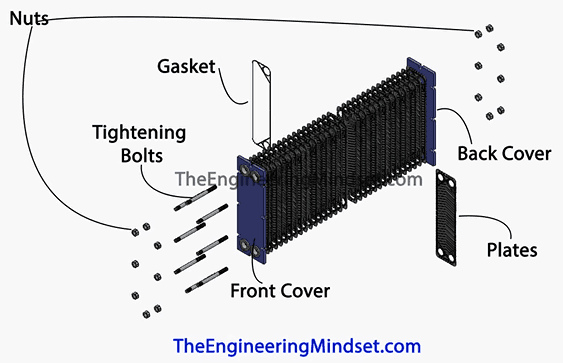
Looking at the main parts of the plate heat exchanger. We have the end plates on the front and back cover, and which are usually made from mild steel. They’re very strong, they’re there to hold everything together. Then we have the nuts, these attach and tighten onto the tightening bolts. The tightening bolts fit in some grooves on the side of the unit and they’ll run the entire length of the heat exchanger. The bolts tighten onto these bars and compress all of the plates and gaskets together forming a water tight seal. Wedged between the end plates are the gaskets and heat transfer plates.
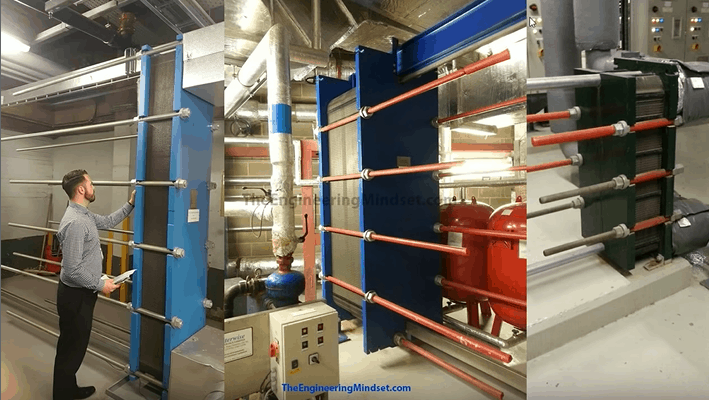
Larger heat exchangers will also have a supporting bar at the top and the bottom. This will support the weight of the heat exchanger. The plates can just be slid out for maintenance once the end plate has been removed.

Above is an example of a real world heat exchanger plate. These are typically made from steel or titanium, and you can see they have a pattern grooved or stamped into them. These patterns are going to strengthen the plates as well as increase the heat transfer surface area by creating a very turbulent flow inside them. Turbulent flow is good because it mixes the fluid so the heat is distributed or averaged out. If it was smooth flow then heat would build in some regions more than others.
Between the plates we have gaskets, which are made from rubber. That is attached to the face of the plate, and the purpose of the gasket is to ensure a tight fit and to prevent leaks. The gasket also allows or prevents the flow of fluid into the sheet.
In the illustration of the real world heat exchanger plate, you can see the black line running around near the outer edge, this is the gasket. Notice the two right holes have a diagonal rubber seal running across them, this will block the flow of water from entering the plate. The holes on the left however, do not have this diagonal seal so the fluid can flow into and out of the plate from these holes.
If you look at the earlier example of the heat exchanger sizes comparison photo. You’ll probably notice that the tightening bolts extend far past the heat exchanger. That’s for a few reasons. One reason is to be able to fit all these plates on during the installation or during maintenance, but also, this gives it the ability to extend the plate heat exchanger in future. Say for example the building is expecting to extend in the future, then it can simply expand it’s cooling capability by adding more plates. It can also remove plates to reduce this.
There’s a couple of ways that the plate heat exchangers can be piped up.
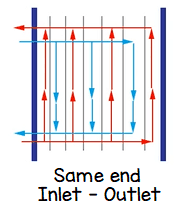
The most common is where the inlets and outlets are all on the front plate, so the fluids will enter, flow through their channels, and then make their way back to the front plate.
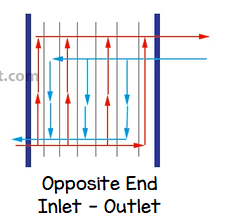
The other version is where one of the fluids enters through the front plate but exits through the back plate. The other fluid flows in the opposite direction.
The first version is the most common version and that is because you don’t need to alter the pipe work if you need to extend the plate heat exchanger in the future. With the second version, all the pipework that’s connected will have to be removed and remade to fit, depending on how far you extend your plate heat exchanger.
So, how does it work?
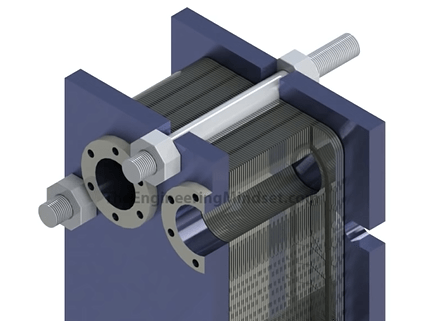
We stack multiple plates together and then use the gaskets inside to allow to prevent the fluids from entering alternating plates. The gasket can be rotated to block either the right or left side holes. The two fluids will then flow in every other channel between the plates. Example: Fluid 1, plate, fluid 2, plate, fluid 1, plate …
The holes align to form a pipe like channel which the fluids flow through.
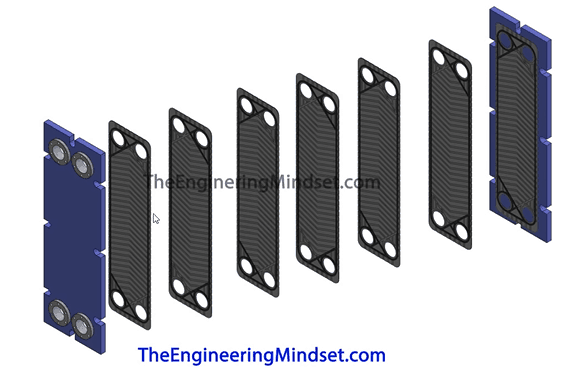
If you look carefully at the image above, you’ll notice the gasket alternates which side it blocks.
If we pass the cooler fluid into the heat exchanger, we can let it enter via the top left inlet. It will then flow into plates 2, 4 and 6. It will then leave a higher temperature via the bottom left outlet.
We then have the hot fluid entering via the lower right inlet, it flows through channels 1, 3, 5 and 7. This will then exit via the top right outlet as a lower temperature.
The gaskets are what allows the fluid to flow into a certain channel.
Whats happening is the channels between the plates are different temperatures and hot always flows to cold. So the hot fluid will transfer some of it’s thermal energy across and into the cooler fluid. The two fluids never meet or mix, they are always separated by the metal plate wall. The heat simply transfers through this. Therefore the hot fluid will cool down and the cold fluid will heat up.
You can also notice that these fluids are flowing in counterflow. That is the best configuration for the most effectiveness, because the log mean temperature difference, the LMTD, is at it’s greatest.
If you come across these in a building, ensure they are 1) insulated to keep as much thermal energy in as possible and 2) that the protective sleeve is fitted over the threads of the tightening bars.

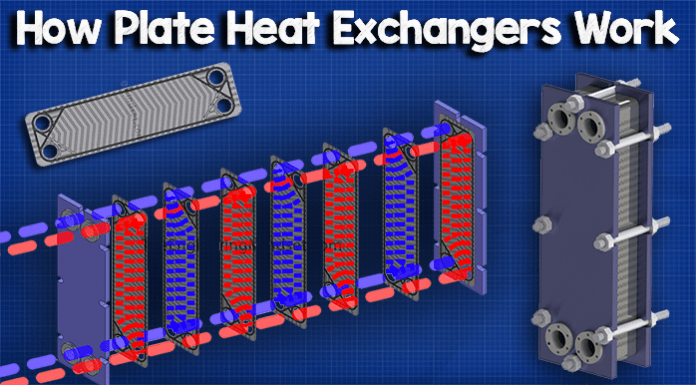






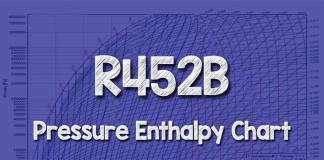
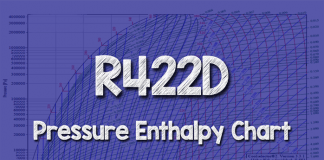
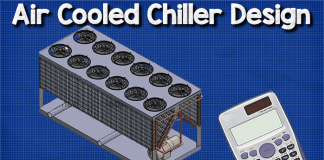
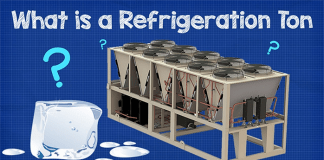
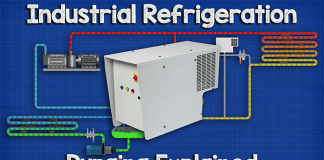
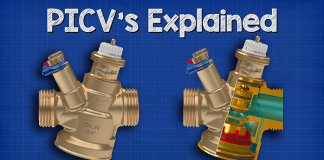








Very beautifully explained. Thank you. I have a question. What if I rotate the complete arrangement or say the complete heat exchanger by 90 degrees and have it in horizontal position. Will it perform with same efficiency? Is there any challenge due the horizontal placement? I would really appreciate if you have answer to it please let me know. Awaiting for your answers. Thanks again 🙂
[…] https://theengineeringmindset.com/how-plate-heat-exchangers-work/ (diakses pada tanggal 16 Juli 2021) […]
Thank you for your great article. My question is, what is the capacity of these heat exchangers in tons of refrigeration? Can these exchangers be used for chillers of about 200 tons?
Are these heat exchangers cheaper than shell and tube heat exchangers?